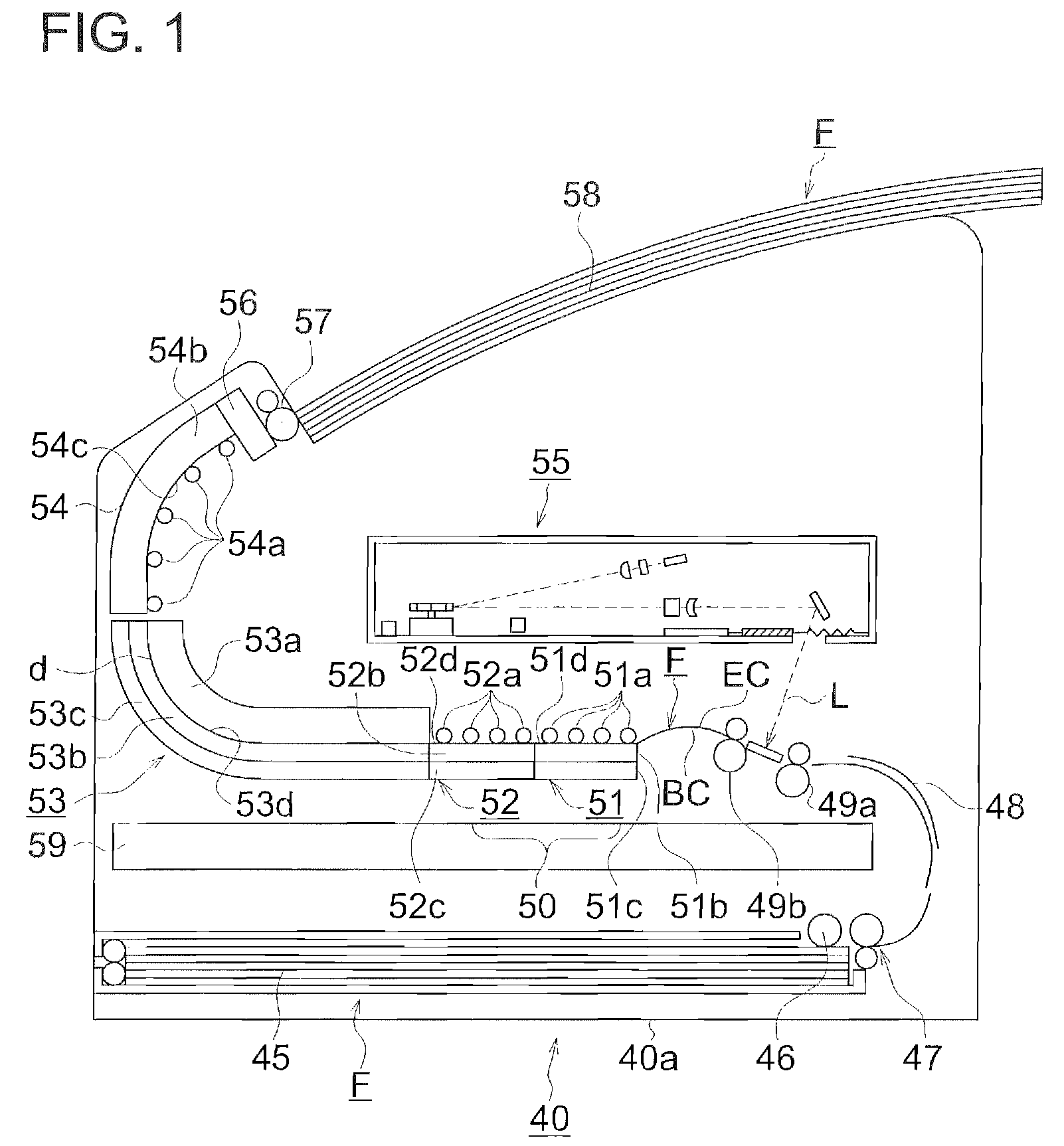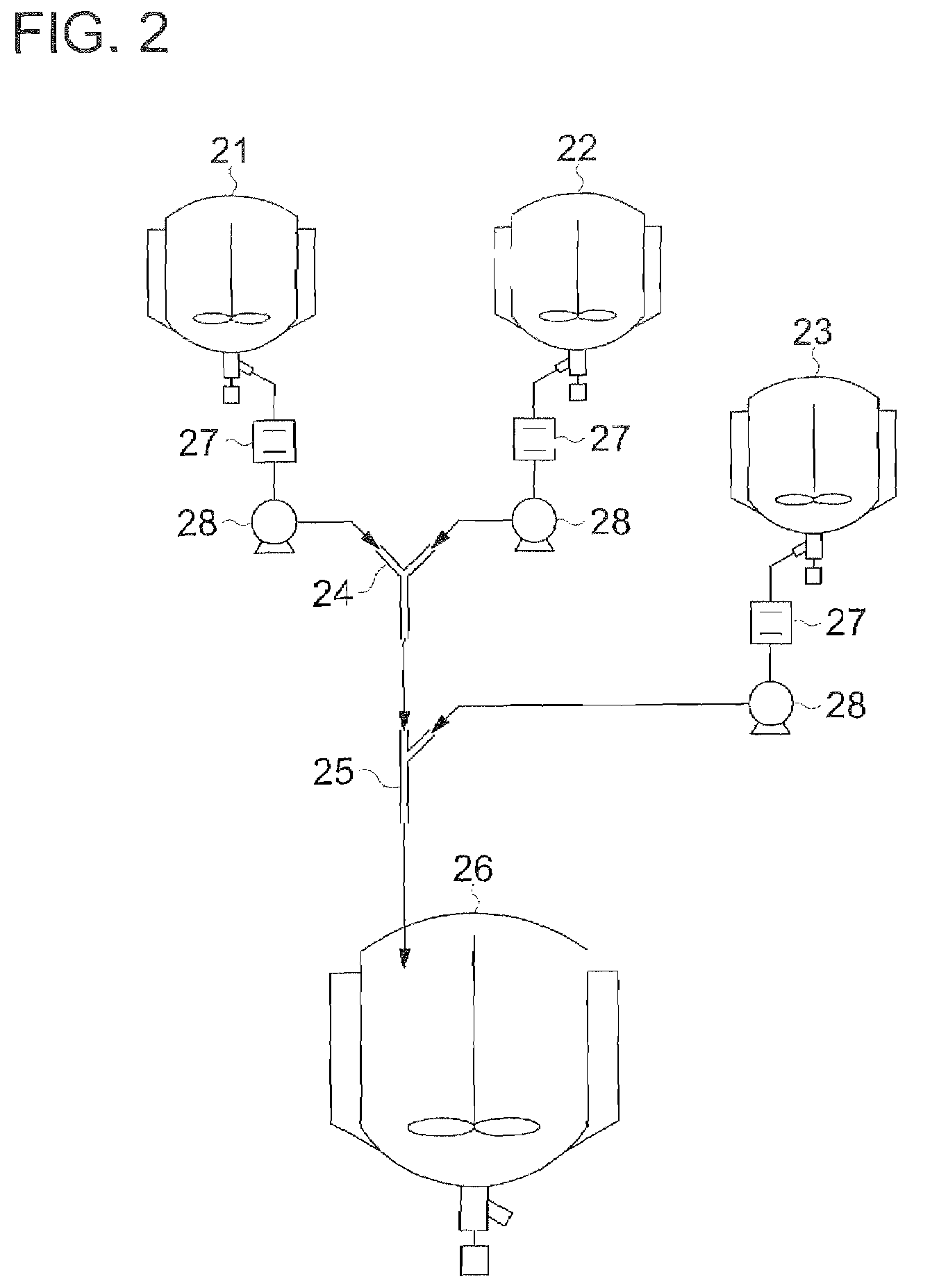Photothermographic material
a technology of photothermographic materials and materials, applied in the field of photothermographic materials, to achieve the effect of preventing abrasion marks
- Summary
- Abstract
- Description
- Claims
- Application Information
AI Technical Summary
Benefits of technology
Problems solved by technology
Method used
Image
Examples
example 1
[0428]A photothermographic material was prepared according to the following procedure.
Preparation of Subbed Photographic Support:
[0429]A photographic support comprised of a 175 μm thick biaxially oriented polyethylene terephthalate film blue tinted at an optical density of 0.170 (determined by Densitometer PDA-65, manufactured by Konica Corp.) which had been subjected to corona discharge treatment of 8 W·minute / m2 on both sides, was subjected to subbing. Namely, subbing liquid coating composition a-1 was applied onto one side f the above photographic support at 22° C. and 100 m / minute to result in a dried layer thickness of 0.2 μm and dried at 140° C., whereby a subbing layer on the light-sensitive layer side (designated as Subbing Layer A-1) was formed. Further, subbing liquid coating composition b-1 described below was applied, as a backing layer subbing layer, onto the opposite side at 22° C. and 100 m / minute to result in a dry layer thickness of 0.12 μm and dried at 140° C. An e...
PUM
| Property | Measurement | Unit |
|---|---|---|
| melting point | aaaaa | aaaaa |
| size | aaaaa | aaaaa |
| particle size | aaaaa | aaaaa |
Abstract
Description
Claims
Application Information
 Login to View More
Login to View More - R&D
- Intellectual Property
- Life Sciences
- Materials
- Tech Scout
- Unparalleled Data Quality
- Higher Quality Content
- 60% Fewer Hallucinations
Browse by: Latest US Patents, China's latest patents, Technical Efficacy Thesaurus, Application Domain, Technology Topic, Popular Technical Reports.
© 2025 PatSnap. All rights reserved.Legal|Privacy policy|Modern Slavery Act Transparency Statement|Sitemap|About US| Contact US: help@patsnap.com



